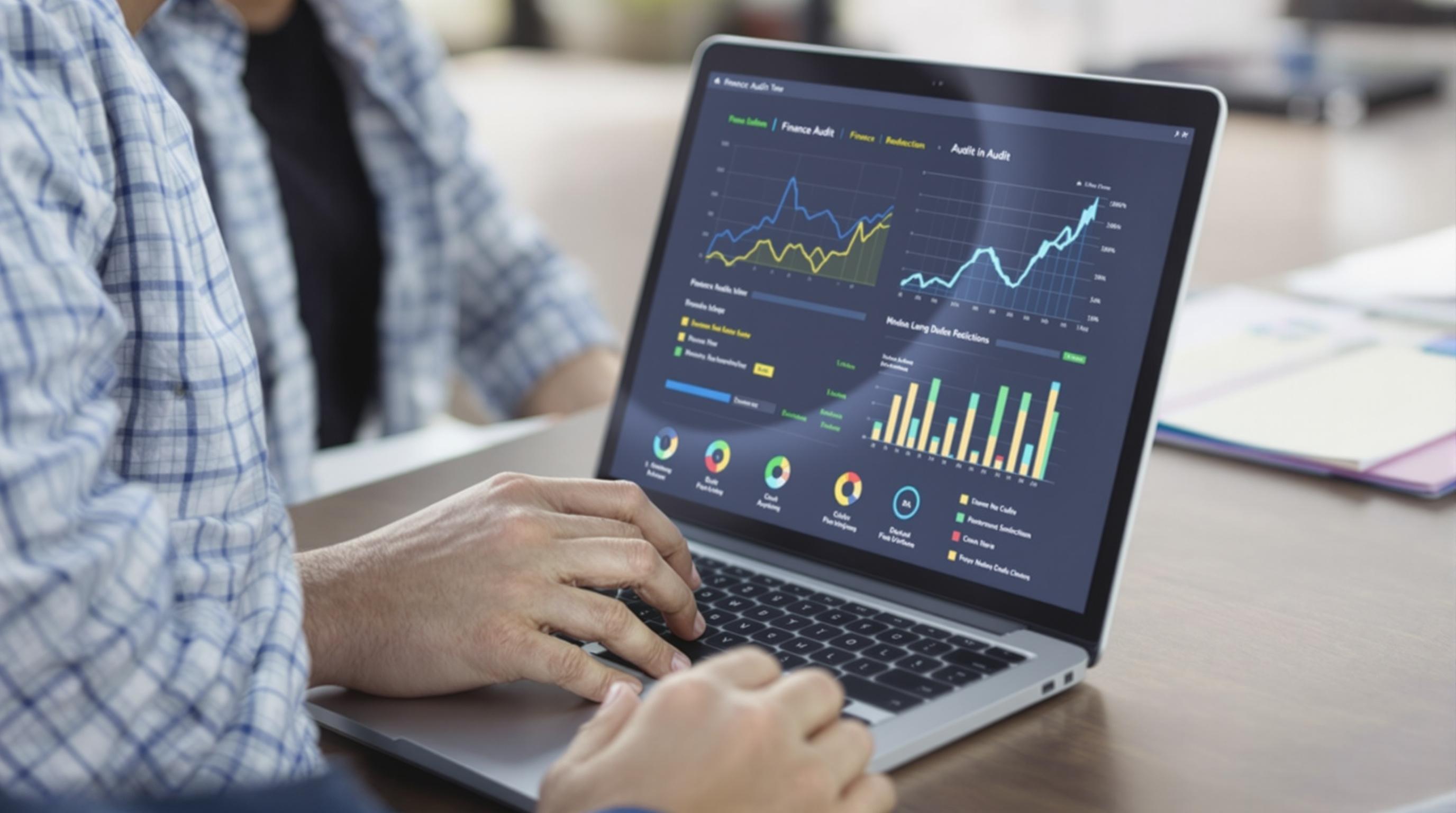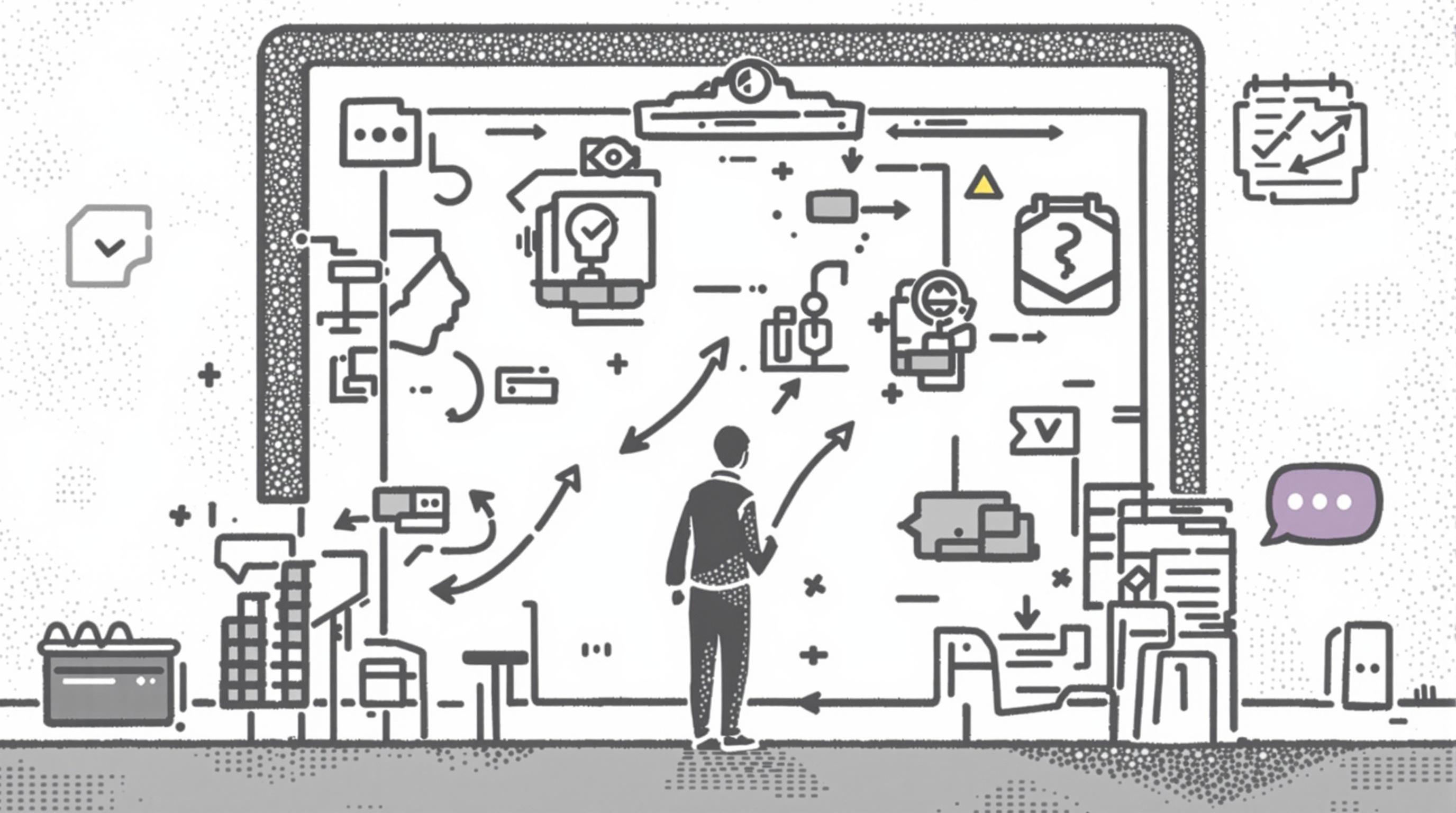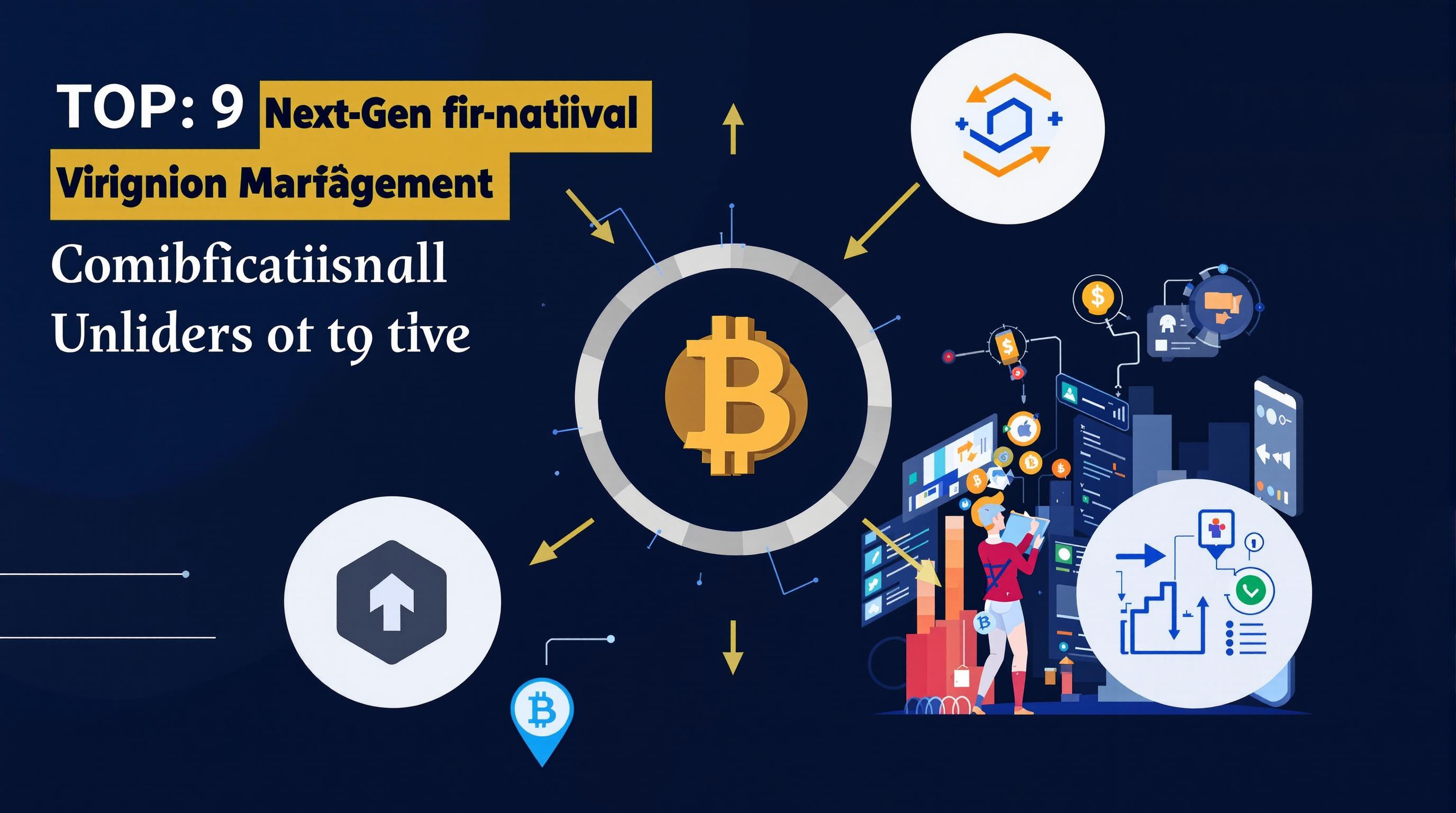Related Articles
- The Role of Quantum Encryption in Transforming Legacy Data Protection Practices for Businesses
- Top 6 AI-Powered Subscription Platforms Transforming Product Access and Affordability Since 2019
- Unseen Pitfalls: How Cognitive Overload in Finance Audits Undermines Checklist Effectiveness and Decision Quality
- The Silent Impact of Global Fiscal Shifts on Local Tax Date Practices No One’s Talking About
- How Cultural Narratives Shape Personal Budgeting: Unseen Influences Behind Financial Template Choices
- Top 6 Underrated Payment Tools Released Since 2019 Changing How Stores Handle Transactions
Top 5 Game-Changing Finance Audit Solutions from the Last Five Years You Haven’t Heard About
Top 5 Game-Changing Finance Audit Solutions from the Last Five Years You Haven’t Heard About
Discover five groundbreaking finance audit solutions from the past five years that are revolutionizing the industry yet remain under the radar. From AI-driven analytics to blockchain verification, these innovations are transforming accuracy and efficiency in unprecedented ways.
Blockchain for Immutable Audit Trails
Imagine a world where every financial transaction is securely and transparently recorded in an unalterable ledger. Blockchain technology, initially known for powering cryptocurrencies, has quietly been adopted in finance audits to create immutable audit trails, drastically reducing fraud risks.
The inherent transparency of blockchain means auditors can verify transactions instantaneously and with greater confidence. For example, a recent pilot by Ernst & Young found that incorporating blockchain reduced financial statement errors by 30% in their audit simulations. This innovation ensures that once entries are recorded on the blockchain, they cannot be tampered with, thus enhancing trust in financial reporting.
Case Study: A Mid-Sized Bank’s Blockchain Journey
Take the case of a mid-sized European bank that adopted blockchain for their internal audits in 2021. By integrating blockchain, the bank reduced the audit cycle time by 40%, while also increasing data accuracy. This shift allowed auditors to focus more on analytical tasks rather than routine data verification.
Conversational AI: The Virtual Auditor
Now, let’s chat about how conversational AI is stepping into the audit room. Virtual audit assistants powered by natural language processing are shaking up how auditors interact with vast datasets.
These AI systems can respond to auditors’ queries in real time, pulling up relevant documents, flagging discrepancies, and even suggesting next steps. Deloitte reported that firms employing AI assistants have seen a 25% reduction in audit preparation time, a huge leap forward for efficiency.
Playing Detective with Machine Learning
On a more playful note, think of conversational AI as a tireless auditor-sidekick, asking probing questions to unearth anomalies—like a Sherlock Holmes of numbers but without the dramatic hat. Picture an auditor bantering with an AI bot: "Hey, spot anything fishy?" and AI replying, "You bet! Check entries from vendor X—they don’t add up."
Graph Analytics: Mapping Risk Dependencies
Now swinging towards a more technical realm—graph analytics. This technique models financial data as interconnected nodes and relationships, making it possible to detect complex fraud schemes that traditional audits might miss.
One landmark study conducted by KPMG utilized graph analytics to detect a multi-million dollar Ponzi scheme that spanned across multiple shell companies. By visualizing transactional relationships, auditors were able to uncover hidden connections revealing fraudulent networks.
Why This Matters
Understanding the web of financial transactions in this way is critical because fraud often hides in layers of complexity. Graph analytics helps peel back those layers and spot irregularities with unprecedented clarity.
Adaptive Sampling Techniques for Audit Efficiency
Traditional audit sampling methods often require sifting through massive datasets, a labor-intensive task. The finance world is now embracing adaptive sampling, a dynamic technique guided by real-time data insights to select audit samples more intelligently.
This method improves audit efficiency without sacrificing accuracy. According to a PwC report, adaptive sampling can reduce the number of samples auditors need to examine by up to 50% while still maintaining confidence levels.
A Real-World Application
Consider a multinational corporation that implemented adaptive sampling in 2022. Their audit team saw audit turnaround times drop by 35%, freeing up resources to delve deeper into high-risk transactions.
Robotic Process Automation (RPA): The Audit Workforce Multiplier
Last but certainly not least, RPA has slipped into the finance audit domain like a stealthy hero, automating repetitive and mundane tasks. Robots now handle data extraction, transaction matching, and preliminary compliance checks, enabling auditors to prioritize complex judgment areas.
According to a 2023 study by Forrester, companies leveraging RPA in finance audits improved their accuracy by 18% and cut processing time by 45%. That’s a big deal for any finance team seeking to balance thoroughness with speed.
Human + Machine = Dream Team
The best part? RPA doesn’t replace auditors; it empowers them, acting as a tireless assistant that slogs through tedious chores. One audit firm shared how their junior auditors reported increased job satisfaction after transitioning to RPA-supported audits—they could finally engage in strategic thinking rather than boring data entry.
Final Thoughts: A New Era Dawns
Bringing all these innovations together, it’s clear that finance audits are entering an exciting epoch. From blockchain’s unbreakable chains to AI’s conversational quips, adaptive sampling’s smart selections, graph analytics’ intricate maps, and RPA’s relentless work ethic, audit professionals possess a growing arsenal to enhance trust and transparency.
Whether you’re a teen curious about fintech or a seasoned CFO aiming for audit excellence, these pioneering solutions offer both promise and practical benefits. Keep an eye out—what seems obscure today may well become standard practice tomorrow.
Sources:
Ernst & Young Blockchain Pilot Report, 2022
Deloitte AI Audit Impact Study, 2021
KPMG Financial Crime Analysis, 2020
PwC Adaptive Sampling Methodology, 2023
Forrester RPA Automation Study, 2023




